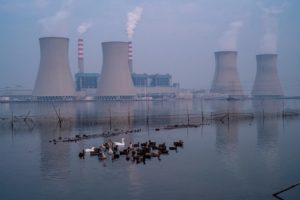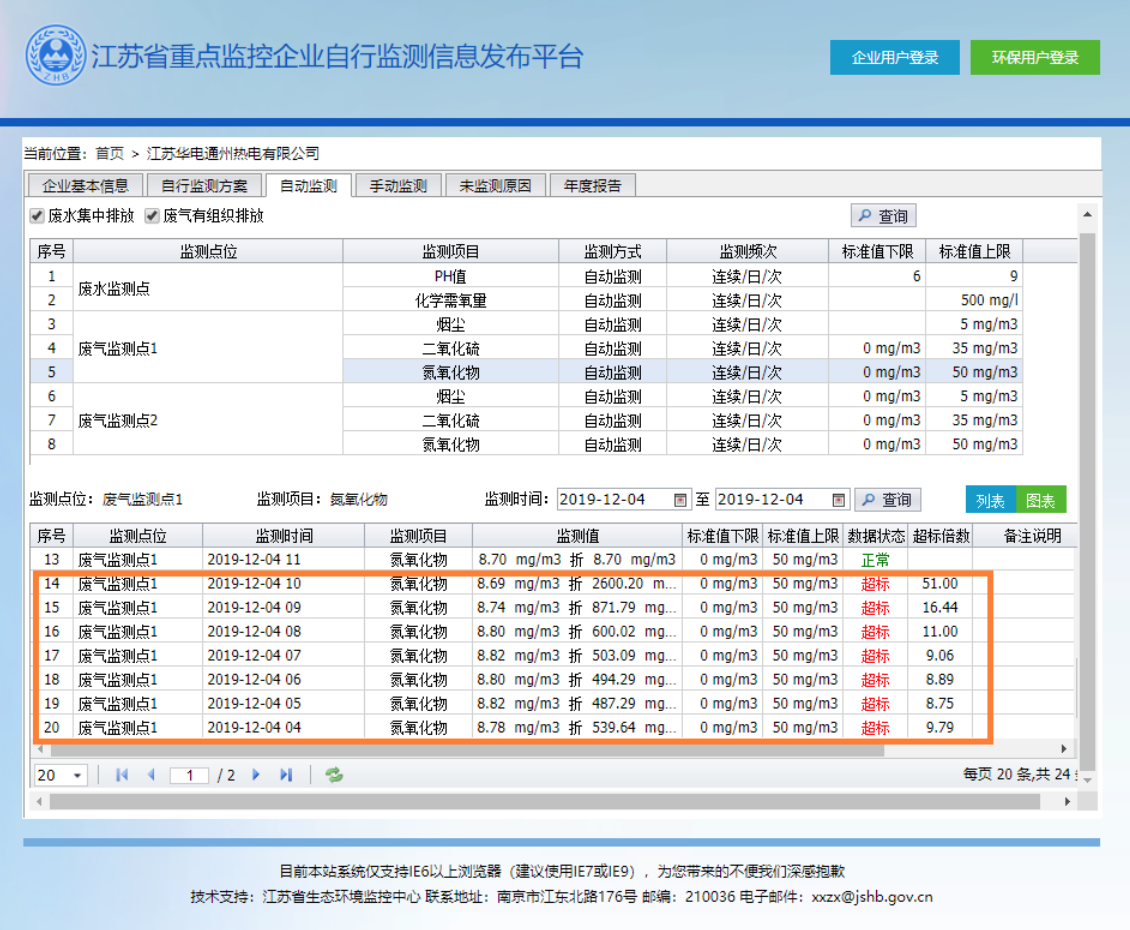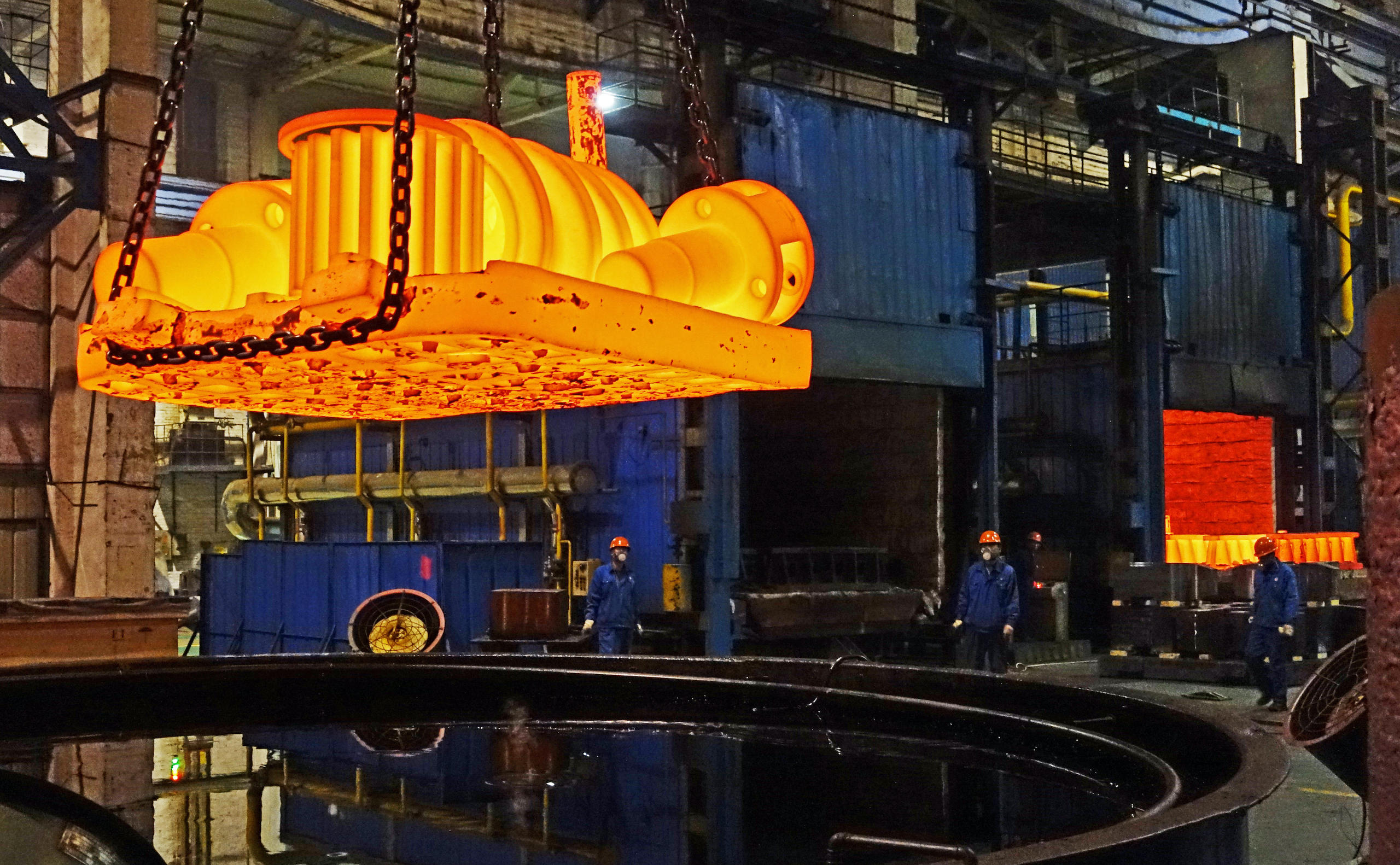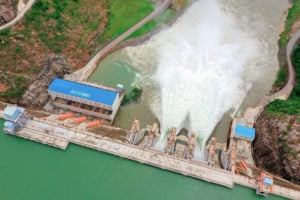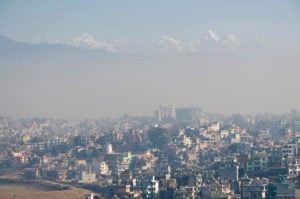Appeals to Chinese regulators via social media can reduce emissions violations by companies and bring down levels of air and water pollution, researchers from the University of Chicago have found.
The team used open data to identify violations and recruited volunteers to file public appeals for action to local regulators, via social media platform Weibo, and private appeals, via a government hotline or messages to government officials or firms.
The researchers received 1,161 official responses from nearly 3,000 appeals. Weibo appeals resulted in improved environmental performance by companies, as did the private ones, albeit to a lesser degree.
Shaoda Wang, assistant professor at the University of Chicago’s Harris School of Public Policy, tells China Dialogue: “Like other countries, China has set up various channels for citizens to report environmental violations, forcing local regulators to step up enforcement. Our study offers experimental evidence in relation to bottom-up participation in environmental governance by Chinese citizens.”
How does emissions monitoring help regulate polluting firms?
Continuous emissions monitoring allows for real-time tracking of the concentration and emission rates of pollutants, including sulphur dioxide, nitrous oxide and particulates, in flue gases from stationary sources. This is key for tracking and managing companies’ emissions status and provides an important basis for environmental enforcement.
China acquired its first such monitoring system from abroad during the 1980s. In 1997, it issued its first related regulatory instrument, the Emission Standard of Air Pollutants for Thermal Power Plants, which required coal plants to be fitted with continuous monitoring systems. The reliability of the measured data suffered, however, from a lack of unified technical specifications for the measuring equipment.
In 2005, “Measures on the administration of pollution sources monitoring” and related documents were issued by the State Environmental Protection Administration (SEPA), a precursor to the Ministry of Ecology and Environment (MEE). Since then, continuous emissions monitoring has rolled out across China, with the installation of measuring equipment spreading beyond thermal power to include the steel, cement, energy and waste-incineration sectors. Automated monitoring has extended from air pollutants to cover water pollutants and noise emissions.
Key polluting enterprises are required to install, use and maintain equipment specific to the pollutants they emit, by themselves or using a third party, and connect the equipment with the MEE’s online monitoring platform.
In 2013, seeking to improve transparency and promote citizen participation in environmental governance, the Ministry of Environmental Protection(MEP), which was superseded by the MEE in 2018, issued “Measures on self-monitoring and information disclosure for state-monitored key polluting enterprises”. This trial guidance, which is still in use, requires firms to publish their emissions data on information platforms set up by provincial and municipal environmental protection agencies, giving hourly averages for exhaust emissions and bi-hourly averages for wastewater.
Chao Bo, communications and financing director at Green Jiangnan, a Suzhou-based environmental NGO, says that provinces and municipalities began setting up platforms for online monitoring and data disclosure in 2014. Quality was initially uneven, with websites in some regions being slow to load or simply inaccessible. It was not until 2016 that platforms were largely in place across the country.
The ministry-run monitoring system now operates on an enormous scale, says Shaoda Wang. It currently tracks emissions from around 25,000 major polluting plants, covering over 75% of China’s industrial emissions.
Imperfect basis for enforcement
Online monitoring has several advantages. When pollutant values exceed emission standards, data is automatically flagged in red on the online platform. Environmental protection departments and the public can see the status of each polluting plant in real time. The monitoring system also retains historical data which can be retrieved by the authorities and used as evidence for purposes of penalties, reviews and litigation.
However, the data does not necessarily reflect the true state of a company’s emissions. Online monitoring is complex. A host of factors beyond everyday control create the potential for missing and inaccurate data. These include equipment breakdown, abnormal pollution close to monitoring points, substandard work by operations and maintenance crews, power outages, internet issues and inclement weather.
The University of Chicago study reports that pollutant concentrations can appear abnormally high just after production equipment is switched off, as airflow decreases in the exhaust ducts. To eliminate such anomalies, the research team carried out an extensive manual review of the data to identify genuine violations. During the eight months of the study, raw emissions monitoring data showed 12,596 pollution violations, of which just 5,366 were verified as genuine by the researchers.
In practice, the MEP’s “Measures on environmental administrative penalties” stipulate that the competent environmental authorities can use automatic online monitoring to collect evidence of violations, but only data that has been checked for validity can be used to confirm a violation. Automatic online monitoring equipment may be inconsistent, due to objective scientific and technological conditions and subjective human factors. The MEE remains cautious about the accuracy and validity of monitoring data as evidence for enforcement.
In a 2016 letter, the MEP emphasised that on-site data takes precedence as evidence over automatic online data. In another in the same year, the MEP said that online monitoring data can support other relevant evidence for the purposes of environmental enforcement.
Yang Zijiang, director of the ministry’s management division, said in an interview in 2015 that online monitoring data provides firms with a means of monitoring and managing emissions, keeping them informed about the functioning of their pollution-control measures and the status of their emissions. He added that it enables them to demonstrate compliance, but is not used by environmental protection departments as a basis for evaluation and enforcement.
Where the power of the public ‘makes a difference’
In these circumstances, there is scope for the power of the public to positively impact the monitoring of companies’ emissions.
For one thing, local governments may tolerate environmental pollution for the sake of economic growth, chiming with the profit-maximising objectives of polluting businesses. According to Shaoda Wang, because penalising emitters of pollution can impact local economic growth, there is a real possibility of major polluters using economic leverage to “capture” local regulators.
Furthermore, limited manpower in regional environmental protection departments encourages firms to test the boundaries. Chao Bo explains that local environmental staff cannot continually keep watch on the MEE’s online platform, so volunteers from Green Jiangnan and other environmental bodies step in, using the platform for daily monitoring of polluting plants across the country. When they find a standards violation, they report it on the spot to environmental protection authorities, which can respond by dispatching a team for on-site inspection and issuing prompt, public feedback.
Shaoda Wang also points to the lack of local human resources: “Even if CEMS data shows a firm is responsible for a violation, officials from the local environmental protection agency need to confirm this by on-site inspection. If harsher penalties are called for, such as heavy fines or suspension of operations, it requires two inspection teams investigating on-site for a matter of months. This is a challenge for local government offices given their limited resources.”
With readily available data and free-flowing channels for feedback, the cost of public participation is very lowShaoda Wang, University of Chicago’s Harris School of Public Policy
From the central government’s point of view, both companies and local environmental protection departments can be monitored by the general public. In 2006, the SEPA issued the “Provisional measures on public participation in environmental impact assessments”, emphasising the legal right of citizens to get involved in making and implementing environmental policies. That same year saw the establishment of an environmental complaints hotline, enabling citizens to report polluting firms by calling 12369 or by leaving a message on a dedicated website. Complaints are routed through to the corresponding agencies at local level, for investigation and imposition of penalties.
In 2013, with internet technology improving, the State Council issued the “Opinions on further strengthening government information disclosure to respond to social concernsand enhance government credibility”. This required all regions and departments to actively use social media such as official Weibo and WeChat accounts for timely release of government information, and to make full use of social media’s interactive functionality for rapid, convenient engagement with the public.
Shaoda Wang notes that while continuous emission data is open and transparent, with violations of standards now visible to all on the MEE’s platform, the abundance of information available on the platform is not being fully utilised. “If more of the public could get involved in monitoring, we could hold polluters accountable for their actions. With readily available data and free-flowing channels for feedback, the cost of public participation is very low, and as our experiment demonstrates, it is remarkably effective.”
“We’ve seen a process of improvement ever since Green Jiangnan was established in 2012,” says Chao Bo. “More members of the public and more environmental bodies are now using continuous emissions data to report pollutant emissions, through a range of channels. At the same time, environmental protection agencies have shifted from their previously defensive approach to responding in a positive and detailed manner.”
Some provincial and municipal environmental protection agencies have introduced reward systems to encourage citizen participation in monitoring. People who report illegal industrial emissions via the 12369 hotline receive fixed financial rewards for verified violations. Green Jiangnan itself has received a prize of 500 yuan (about US$70) from Hebei province’s Department of Ecology and Environment.
Enhancing remote enforcement
The public provides environmental protection departments with leads, in the form of open emissions data, prompting the authorities to conduct on-site inspections and take enforcement action. To get the best from the data, however, a mechanism is needed to link monitoring data with enforcement.
Over the past two years, in response to the demands of pandemic control and advances in technology, MEE have promoted the use of remote, off-site enforcement. At the same time, they have proposed to “improve regulations and standards and boost the application of automatic monitoring data for purposes of administering penalties”.
If automatic monitoring data are to provide a basis for enforcement, their accuracy and reliability is critical. To tackle the issue of false data, environmental protection departments generally use horizontal (cross-industry) and vertical (over time) analysis to spot data inconsistencies and identify companies of concern. Following the establishment of a database of information on polluting plants, changes in environmental quality can be traced back to the firms responsible for illegal discharges.
In addition, with the MEE’s “Regulation on the administration of pollutant discharge permits”, which came into force in March 2021, principal responsibility for pollution control has reverted to firms. They are required to demonstrate compliance by proving that pollutant discharges meet the requirements of their discharge permit. In Shaanxi province, for example, the automatic monitoring system can intelligently identify abnormal and standards-violating emissions data, and transmit it directly to firms via WeChat, alerting them via business chat groups that they need to promptly verify and report on the cause of the issue.
In 2022, law enforcement officers in Wuxi, Jiangsu province, found that an electricity company transmitting anomalous monitoring data had neither reported the fault nor restored its equipment to normal operation within the stipulated timeframe. The environmental protection department therefore carried out an inspection by video conference, recording the violation and directly issuing a “remote fine”.
As typical cases of ecological and environmental enforcement demonstrate, provinces and municipalities increasingly use continuous emissions data for environmental enforcement. Getting the best from the data requires citizen participation. It also requires further standardisation of systems for gathering, transmitting and storing the data, along with the technological and administrative means to ensure that it is reliable and provides a solid basis for enforcement.
Instruments can not only monitor emissions of pollutants like sulphur dioxide and nitrous oxide, but also help in calculating emissions of major greenhouse gases. They can do so by directly measuring CO2 concentration and volume flow rate of flue gas in the stack. In June 2020, the MEE proposed to take the lead in carrying out CO2 emission monitoring pilots in the thermal power industry, for publication online. More accurate and regular data on greenhouse gas emissions will undoubtedly facilitate the development of China’s newly established carbon market.
